The HESA Shahed 136 is an Iranian kamikaze drone designed for attacking ground targets from a distance. It is a so-called kamikaze drone because it acts as a projectile alongside the warhead it carries. After the engaging target, it is destroyed.
Introduction
The ongoing Russian-Ukrainian war has been marked by the widespread use of various unmanned aerial vehicles (UAVs) for different purposes. Both sides have deployed hundreds, and even thousands, of UAVs, including quadcopters (mostly commercial, civilian models), “drone-kamikazes” (loitering munitions), tactical reconnaissance UAVs, and MALE (Medium Altitude Long Endurance) class reconnaissance-combat UAVs. These UAVs are used for various tasks, including reconnaissance, artillery fire correction, and attacking targets on land and sea.
In the past month, the Geran 2 unmanned aerial vehicle (UAV) has attracted the attention of the public and military experts due to its use by the Russian armed forces to destroy ground targets. It was first observed in the northeastern part of Ukraine around September 12, near Kupyansk in the Kharkiv region. It is believed that these UAVs had been in use for several days, and analysis of their remains after impact revealed that they were Iranian Shahed-136 UAVs that received the Russian designation Geran 2.
Currently, it is known that the Russian army is using the Shahed 131 (Geran-1) and Shahed-136 (Geran-2) kamikaze drones, as well as the Mohajer-6 reconnaissance-combat UAV (which was initially wrongly reported to have the Russian designation Geran-1) in Ukraine. The Shahed 136 has garnered the most attention due to the many examples used and the number of targets it has hit.
There is an ongoing debate about what type of UAV it is, with some considering it a “mini” cruise missile (although it is not a rocket because it does not have a rocket engine) and others classifying it as a loitering munition or kamikaze drone. It is worth noting that the Russian army has domestic Lancet 1 and 3 kamikaze drones and the KYB, but they are much smaller aircraft with more modest performance and smaller warheads compared to the Shahed-136.
The HESA Shahed 136 was developed by HESA as a loitering munition autonomous swarm pusher-prop aerial drone. Translated from Persian, it means Witness 136. The main advantage of this drone is its price. Shahed 136 is a relatively cheap drone with a price somewhere between $20,000 and $60,000 per unit.
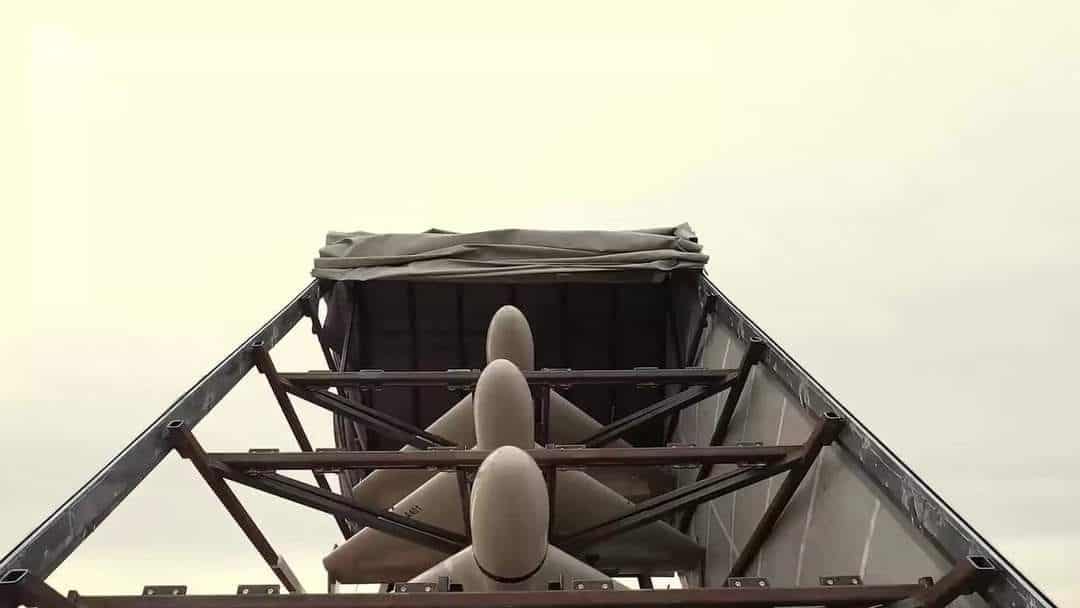
The drone was first publicly announced in December 2021 through leaked footage, after which it was officially acknowledged that this weapon had officially entered service in the Iranian military. The drone has already been battle-proven in Yemen, and according to the reports, it was also used by Russia during the Invasion of Ukraine.
Shahed 136 drones are primarily designed to attack ground targets from a distance. His deployment is done from a launch rack (fired in batches of five upwards). Its primary objective is to evade air defenses and overwhelm ground targets, consuming air defense resources during the attack.
Design
The drone is designed as a flying wing with tip fence-type winglets. The winglet’s length is approximately 2.5 meters, and its wingspan of 3.5 meters. The nose section contains the warhead as well as the needed optics for a precision attack. The HESA Shahed 136 is armed with a warhead that weighs around 200 kg. The engine behind the drone seems to be a piston engine, a rocket booster used for the initial launch, with a speed of about 185 km/h.
The engine is seated at the rear of the fuselage and drives a two-bladed propeller in a “pusher” arrangement. The fuselage is centralized and blended into the wing members to produce an elegant shape.

Interestingly, reports say that the MD550 engine mentioned in the infographics is sourced on Aliexpress. Some sources call it a “loitering munition,” but most seem to agree it should be a “direct attack munition” since it lacks the loitering capability. The munition was publicly shown last year in the Great Prophet 17 exercise when the Islamic Revolutionary Guard Corps launched 10 Shahed 136 munitions from a truck-mounted containerized system.
The drones are launched near-horizontally with a slight upward angle and aided into the first phase of their flight by Rocket-Assisted Take-Off (RATO). The rocket is jettisoned immediately after launch, at which point the drone’s own conventional engine unit takes over. The inherent portability of the launcher rack and drone collection allows the complete unit to be fitted over the rear of most any military or commercial market truck – allowing for mobile “hit-and-run” operations, which can frustrate counter actions.
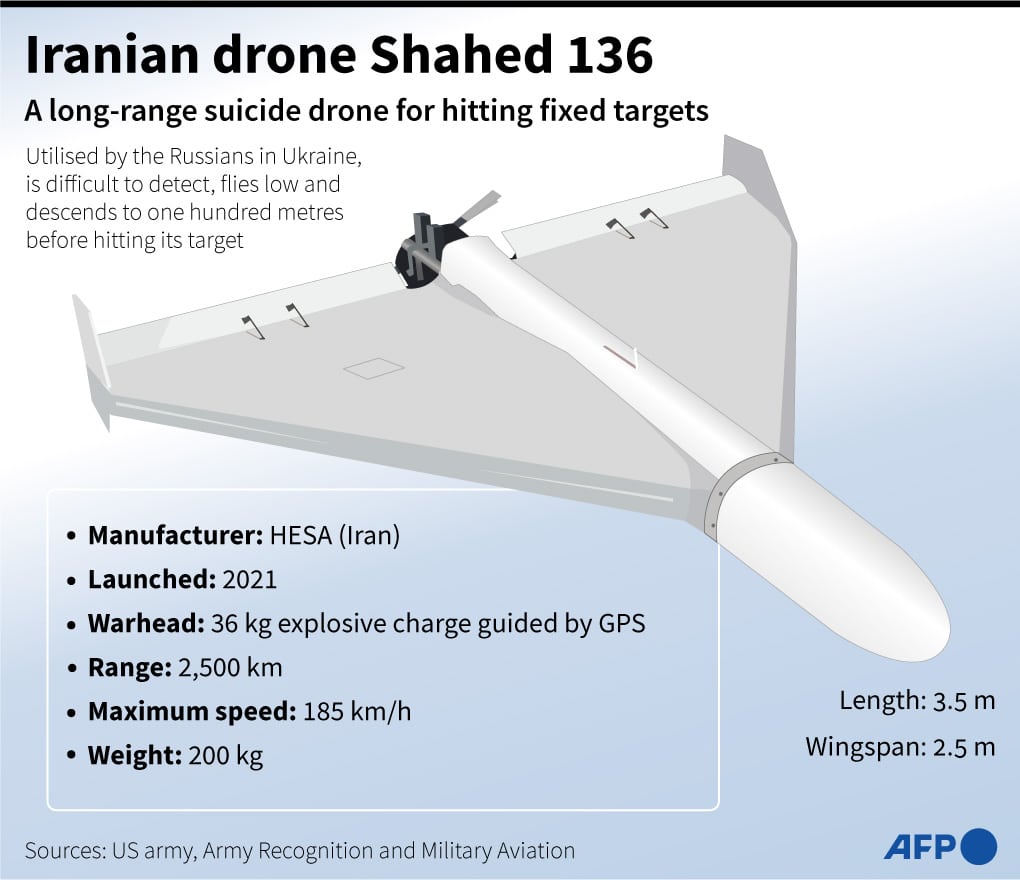
If any amount of accuracy and range are present in this new Iranian design, the Shahed-136 stands as something of an evolutionary addition for the sanctions-hit country that can now rely more heavily on its own military-industrial capacity to provide modern, over-battlefield solutions.
The Shahed-136 may not be a sophisticated weapon, but its characteristics make it effective and difficult for the opposing side to neutralize. Iran has created an inexpensive and economic combat tool well-suited to its economic and financial capabilities, particularly given the severe sanctions that limit access to high-tech systems. The Shahed-136 is manufactured by the Iran Aircraft Manufacturing Industrial Company (HESA) and assembled at the Badr Air Base near the city of Isfahan by Shahed Aviation Industries.
The other used version, the Shahed-131 (Geran-1) is slightly smaller than the Shahed-136, with a length of about 2.6 m, wingspan of 2.2 m, and an estimated weight of 135 kg. Its warhead weighs 15 kg and has a maximum flight range of 900 km. It is powered by a Wankel engine called the Shahed 783/788, which is said to be an Iranian development based on the Chinese MDR-208, a copy of the British AR731 engine.
Operators
So far, alongside Iran, Shahed 136 is allegedly used in the Russian Armed Forces, where it has been re-branded with a Russian designation Geran-2 (Russian: Герань-2, literally “Geranium-2”). Drones that look exactly like Shahed 136 were mass used during the attacks on power infrastructure in Ukraine in October 2022, alongside other drones such as Orlan-10 UAV. Earlier, some reports reported that Iran supplied Houthi rebels with this drone.
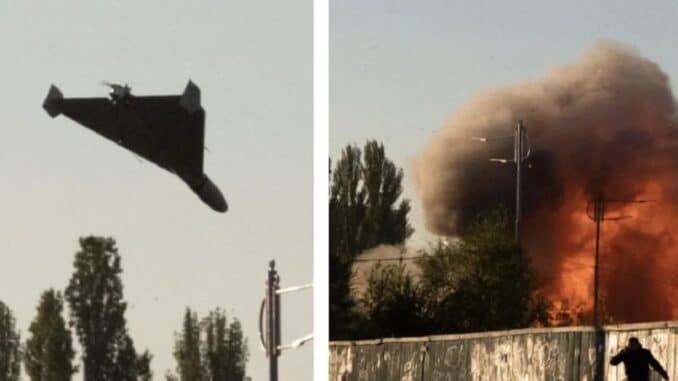
Technical specifications
| Country of origin: | Islamic Republic of Iran |
| Designer / Manufacturer: | Shahed Aviation Industries / HESA |
| Role: | Loitering munition |
| Status: | In-service since 2021 (Iran) |
| Unit cost: | Unknown, various estimates from $20,000 to €50,000 each |
| Mass: | 200 kg (440 lb) |
| Length: | 3.5 m (11 ft) |
| Warhead weight: | 40 kg (88 lb) |
| Engine: | MD-550 piston engine |
| Wingspan: | 2.5 m (8.2 ft) |
| Operational range: | 1,800–2,500 km (1,118–1,553 mi) |
| Maximum speed: | 185 km/h (115 mph) |
| Guidance system: | Autonomous GLONASS (upgraded Russian version) |
| Launch platform: | Rocket Assisted Take Off (RATO) |
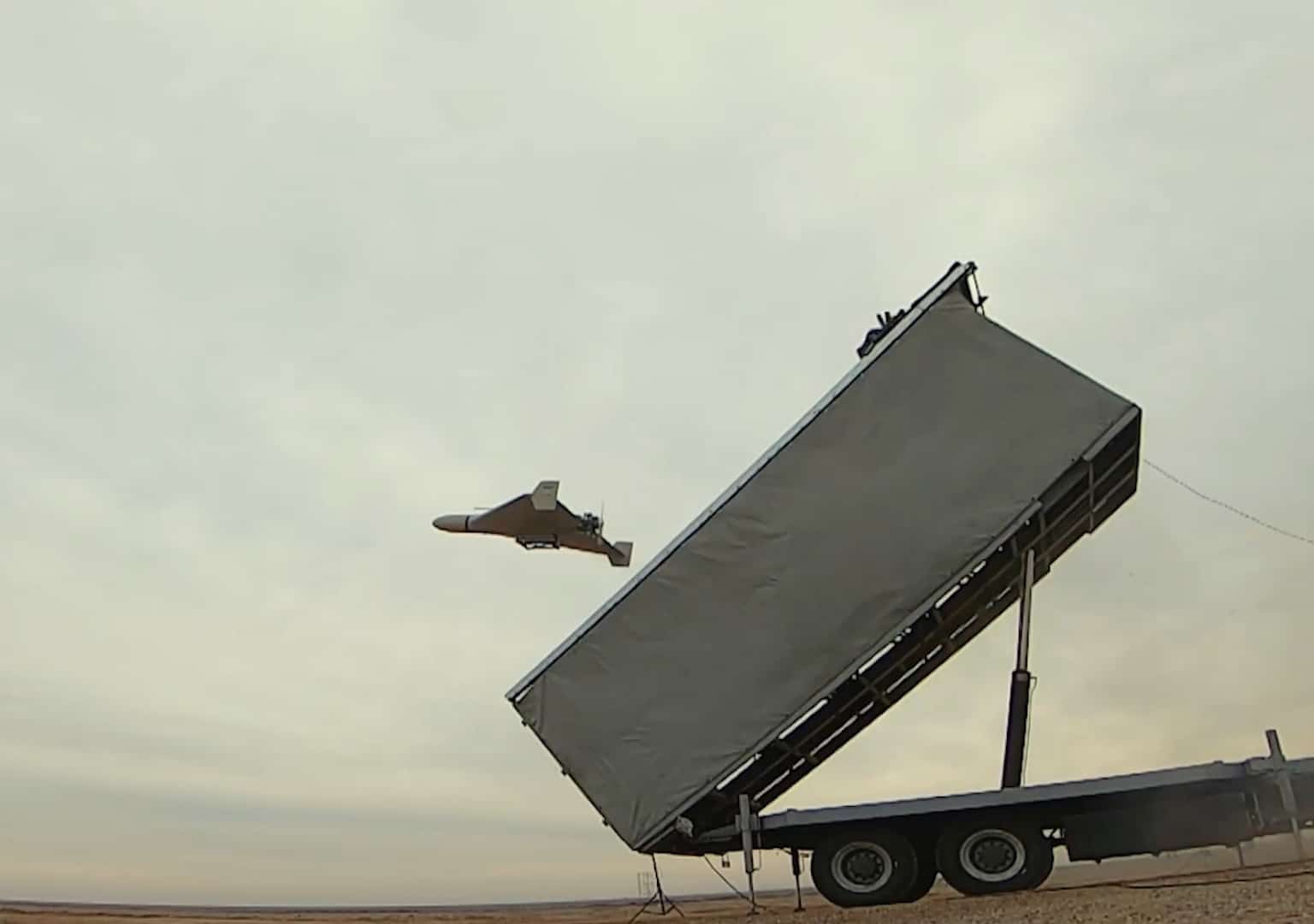
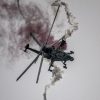
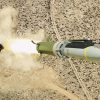

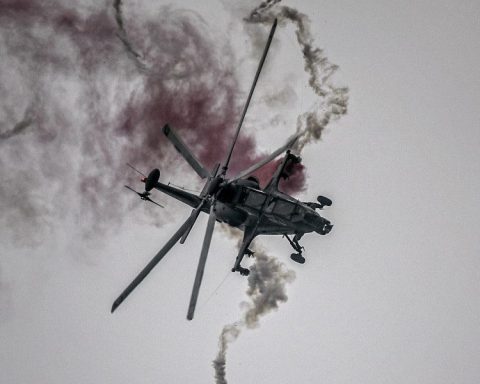
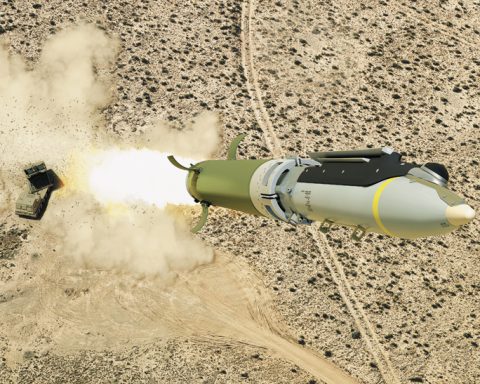
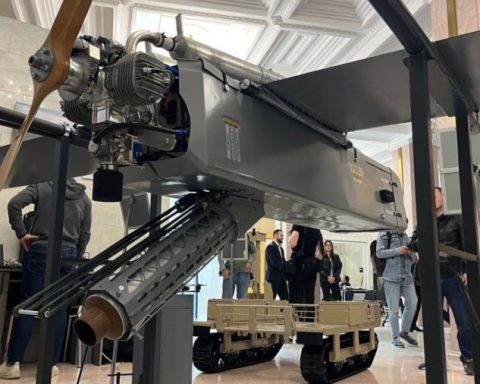
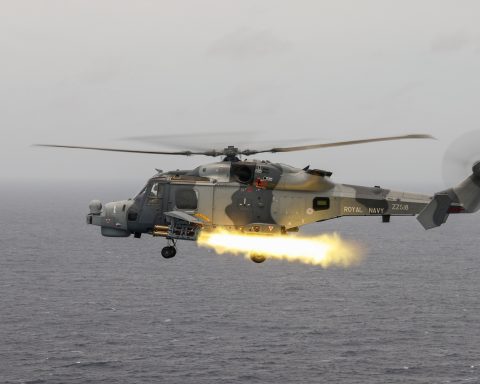
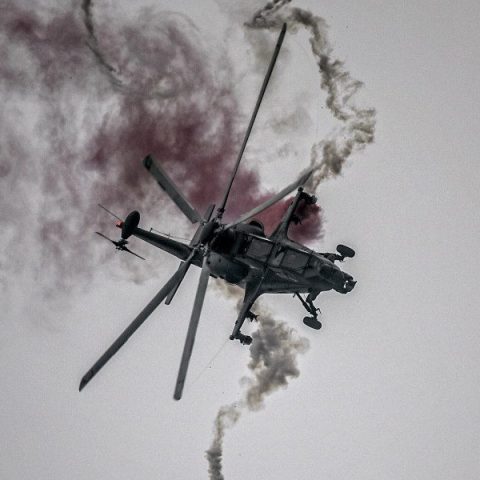

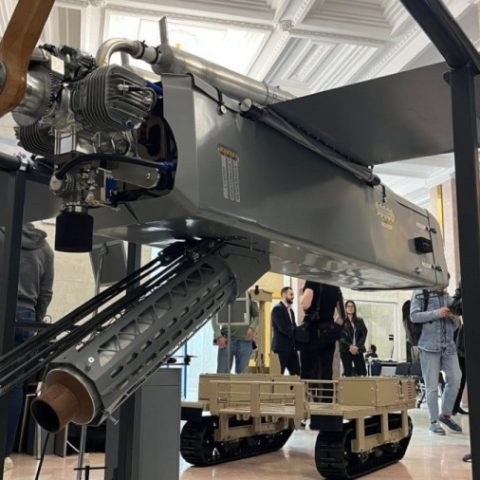
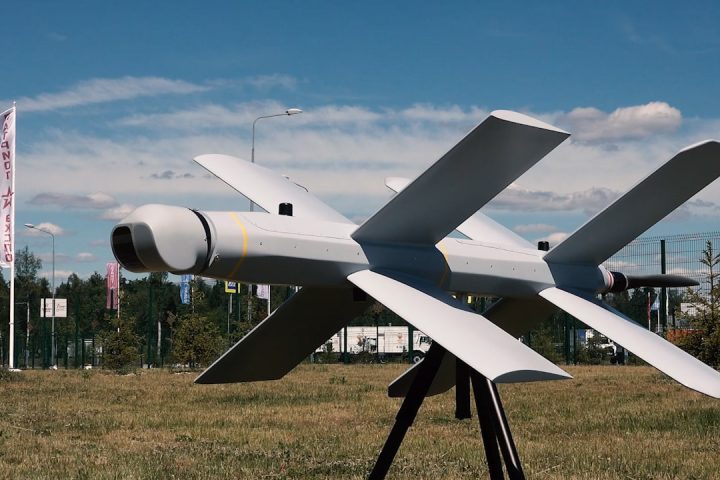
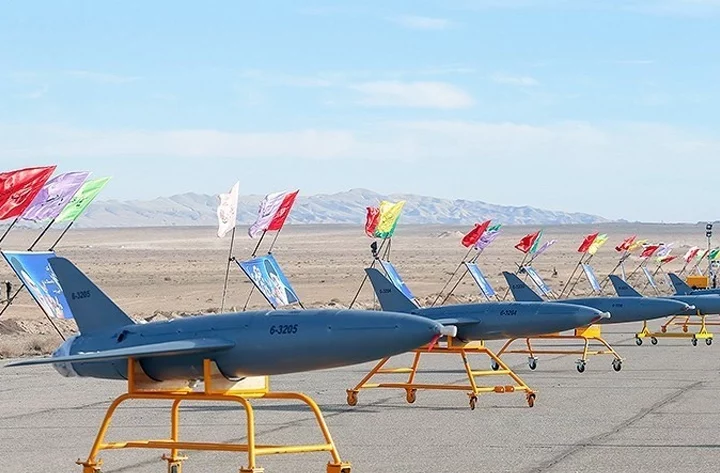
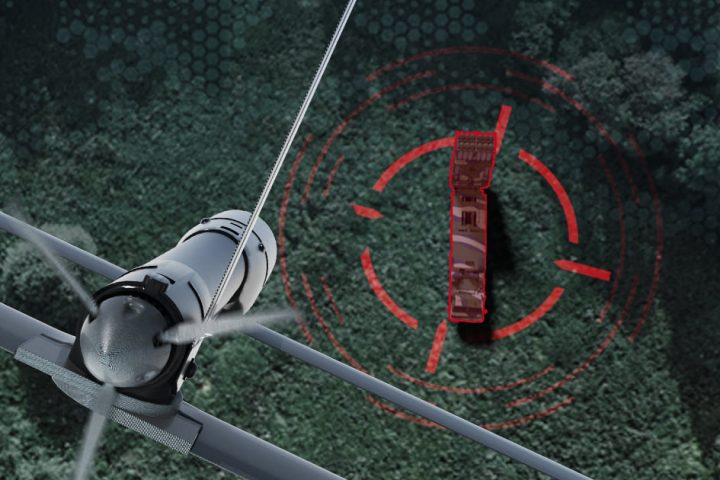
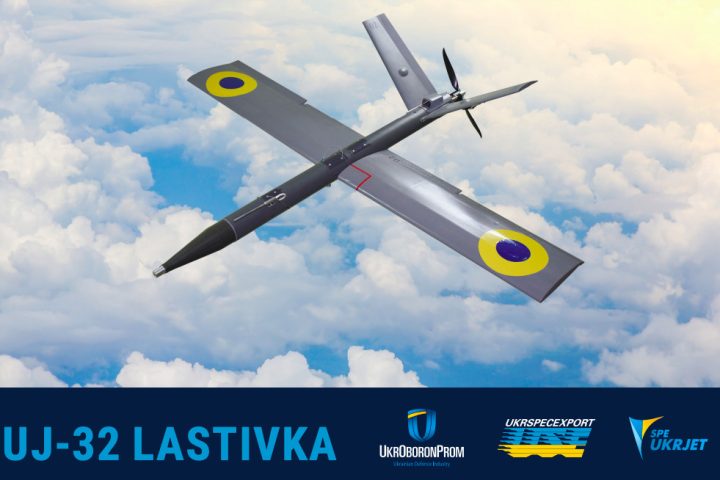
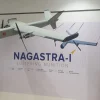

where can i find its complete specifications profile?